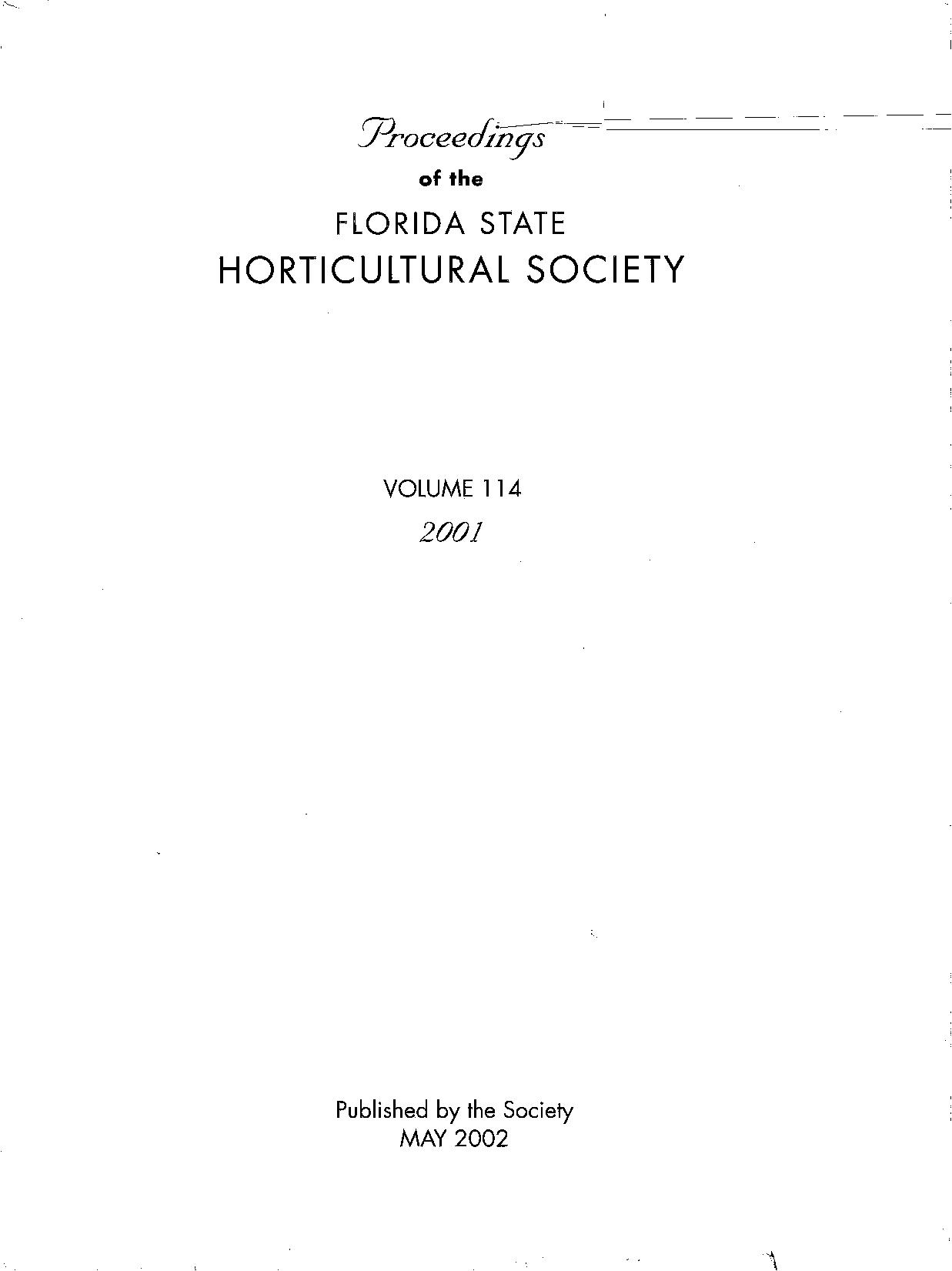Abstract
Stunting and decline of 'Roble' sweet orange [Citrus sinensis (L.) Osb.] trees propagated on Swingle citrumelo rootstock [C. paradisi Macf.×Poncirus trifoliata (L.) Raf.] were observed in commercial groves in several locations. Affected trees showed pronounced budunion incompatibility symptoms. The incompatibility first appears in trees 4 to 5 years old, and a brown stain or groove can be seen by removing bark patches across the budunion. Symptoms occur later in some trees, and initially, only a portion of the union may be affected. Symptoms in the canopy occur several years later and vary in severity. The incompatibility was not associated with a known virus or virus-like agent and is apparently physiological in nature. Budunion incompatibilities of varying severity were observed in experimental plantings of 'Roble' on several rootstocks, including trifoliate orange, Carrizo and C-35 citranges (C. sinensistimesP. trifoliata), and several other citrumelos. Some citranges and citrumelos have remained free of symptoms suggesting that a segregating genetic factor may be involved. Incompatibilities between Swingle and other scions have also been reported. Notable examples in Florida include 'Murcott' (C. sinensistimesC. reticulata Blanco), 'Pera' sweet orange, and several mandarin (C. reticulata) hybrids. Growers should be cautious in the future use of Swingle rootstocks with scions where incompatibilities have been observed. Scion-rootstock compatibility should also be investigated for all new cultivars, although delayed expression of symptoms and marked differences between closely related cultivars pose significant challenges for making rapid and thorough evaluations.

